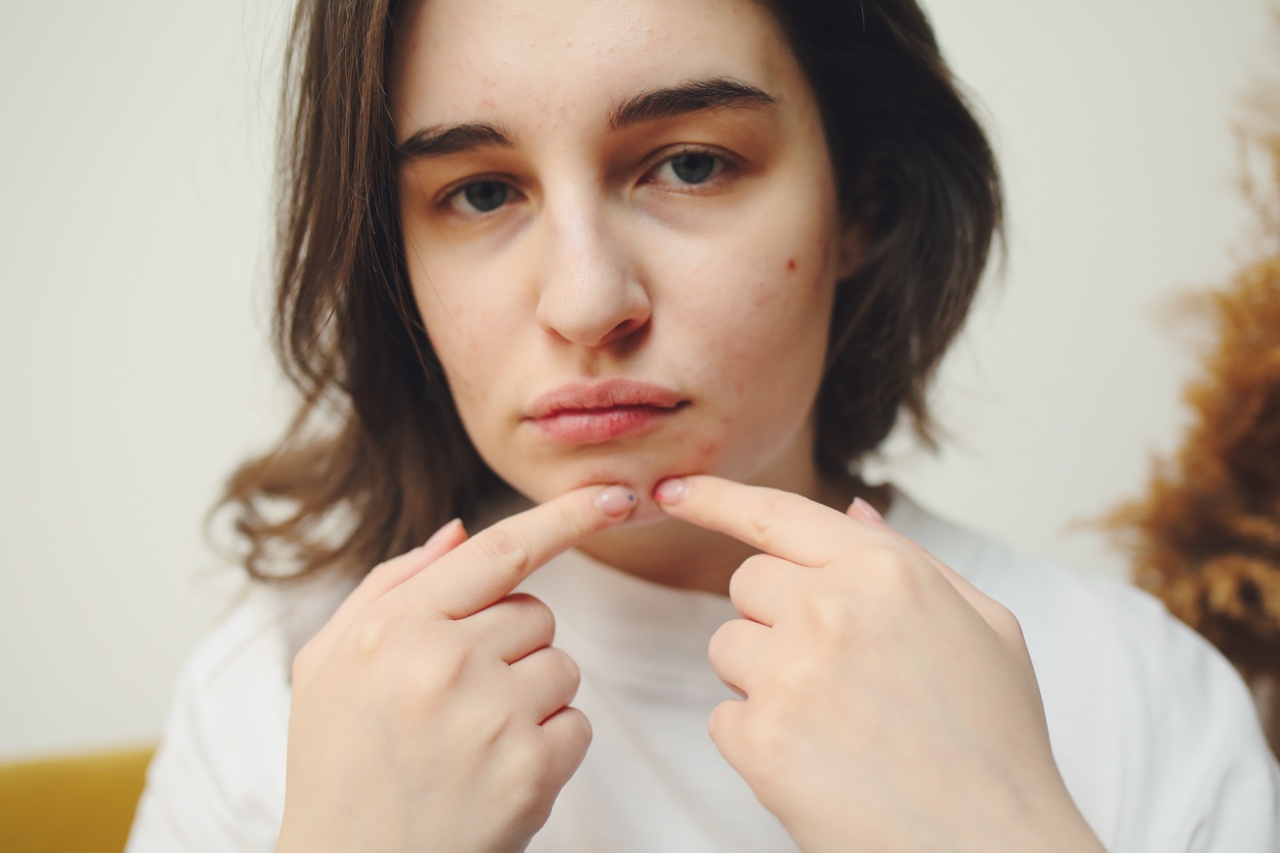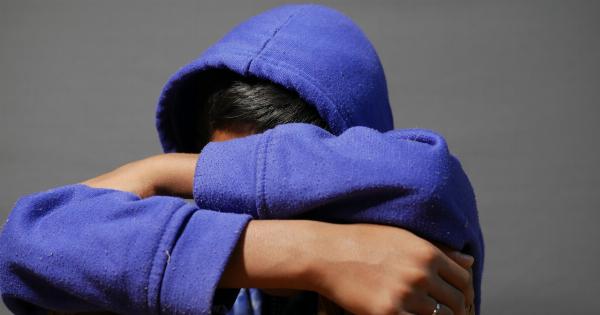Pimples are a common skin condition that affects people of all ages. They occur when the hair follicles become clogged with oil, dead skin cells, and bacteria.
Pimples can be unsightly and embarrassing, causing people to seek various treatments to get rid of them. However, what happens after pimples vanish?.
The Healing Process
When a pimple vanishes, it doesn’t mean that your skin is completely back to normal. The healing process involves several steps that occur both above and below the surface of the skin.
Redness and Inflammation
After a pimple disappears, you might notice some residual redness and inflammation in the affected area. This is because the skin is still healing from the damage caused by the pimple.
The body sends blood and healing factors to the area, which can cause the skin to appear red and slightly swollen.
Scarring
In some cases, pimples can leave behind scars. These scars can be temporary or permanent, depending on their severity. Temporary scars, also known as post-inflammatory erythema, are red or purple marks that gradually fade over time.
Permanent scars, on the other hand, can be indented or raised and may require more intensive treatments to minimize their appearance.
Hyperpigmentation
Another common aftermath of pimples is hyperpigmentation. This refers to dark spots or patches that appear on the skin after the pimple has healed. Hyperpigmentation occurs due to an overproduction of melanin, the pigment that gives color to our skin.
These spots can take weeks or even months to fade away completely.
Residual Oiliness
Sometimes, even after a pimple vanishes, the affected area may still feel oily or greasy. This is because the sebaceous glands, which produce oil, can remain overactive in certain individuals.
Using non-comedogenic and oil-free skincare products can help manage this residual oiliness.
Preventing Future Breakouts
Once pimples vanish, it’s essential to take steps to prevent future breakouts. Maintaining a proper skincare routine, including cleansing, exfoliating, and moisturizing, is crucial.
Additionally, avoiding touching your face with unwashed hands and using gentle, non-irritating products can help keep your skin clear and healthy.
Seeking Professional Help
If you’re struggling with persistent pimples or acne, it may be beneficial to seek professional help.
Dermatologists and skincare professionals can provide customized advice and prescribe treatments tailored to your specific skin type and condition. This may include topical medications, oral medications, or professional skincare treatments such as chemical peels or laser therapy.
Conclusion
While the disappearance of pimples is a relief, it doesn’t mean that the healing process is complete.
The skin goes through several stages to fully recover, and there might be some residual effects such as redness, scarring, hyperpigmentation, or oiliness. However, with proper skincare and professional guidance, you can minimize these effects and prevent future breakouts.































